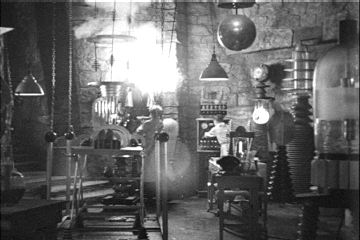

Consider a solution to Homework 3 with the following classes:
public class Question
{
private Answer studentAnswer = new Answer();
private Answer instructorAnswer = new Answer();
. . .
public Answer getStudentAnswer() { return studentAnswer; }
public Answer getInstructorAnswer() { return instructorAnswer; }
. . .
}
Which of the following statements is true?
What can a method do when a precondition is not fulfilled?
AssertionErrorWhich of the following are true about JUnit 4 unit tests? Check all that apply.
@Testtrue if it passes
lab2 subdirectory of your personal repo, the other submits a file report.txt in the lab2 subdirectory of your repo.mkdir ~/cs151/lab7 mv ~/Downloads/HashSet.java ~/cs151/lab7
test method to:
HashSet set = new HashSet(10);
set.add(1);
set.add(7);
set.add(2);
set.add(9);
Iterator iter = set.iterator();
assertEquals(1, iter.next());
Run the test. What happens?A [o] B [o] C [oo] [o] [] [ooo] [o] [o] [] [o] [] [] [o] [o] []Use an iterator to remove the first element. Use iterators to list all elements before and after. Here is the first test case.
@Test public void test1()
{
HashSet set = new HashSet(5);
set.add(0);
set.add(1);
set.add(2);
set.add(3);
set.add(4);
Iterator iter = set.iterator();
assertEquals(0, iter.next());
assertEquals(1, iter.next());
assertEquals(2, iter.next());
assertEquals(3, iter.next());
assertEquals(4, iter.next());
assertFalse(iter.hasNext());
iter = set.iterator();
iter.next();
iter.remove();
iter = set.iterator();
assertEquals(1, iter.next());
assertEquals(2, iter.next());
assertEquals(3, iter.next());
assertEquals(4, iter.next());
assertFalse(iter.hasNext());
}
Does it pass?
junit4:
mkdir ~/junit4
mv ~/Downloads/{junit,hamcrest-core}.jar ~/junit4
lab7 directory and compile your unit test:
cd ~/lab7 javac -cp .:~/junit4/\* HashSetTest.java java -cp .:~/junit4/\* org.junit.runner.JUnitCore HashSetTestWhat happens?
